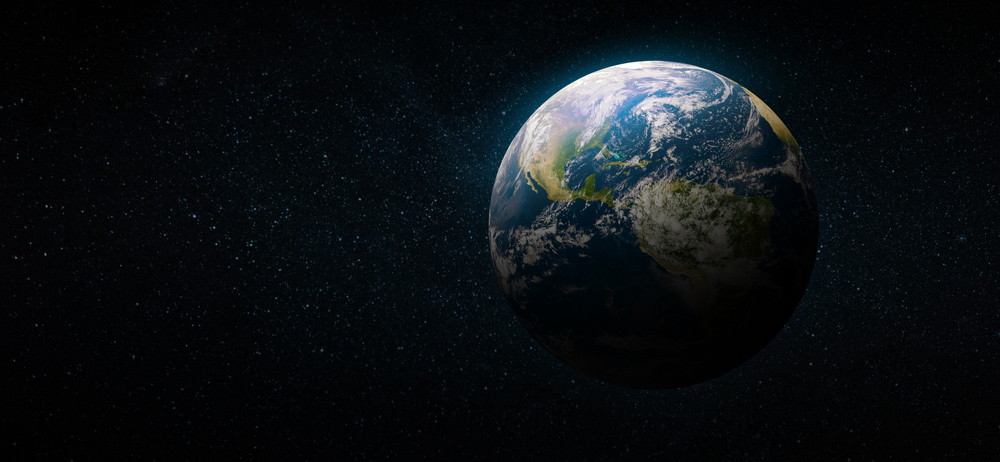Overpopulation actually increases chances for human survival.
Marco Visscher| September 2007 issue
“Phasing out the human race by voluntarily ceasing to breed will allow Earth’s biosphere to return to good health.” This is the objective of the Voluntary Human Extinction Movement. The environmental burden that life carries is also of concern to the Optimum Population Trust, a British think tank, supported by academics and nature-lovers. The best way to save the planet, say its members: Have one fewer child than you planned.
The question raised by these groups is making its way into the bedrooms of 20- and 30-year-olds in the Western world. What do these couples think about starting families when one planet isn’t enough to meet our consumer and energy needs? How do they see the future, in light of the threat from rising sea levels and other environmental calamities that may affect them and will certainly impact their children? The message is clear: All these new humans are a problem because sooner or later they’ll create a global catastrophe. Can anyone seriously consider having a baby?
This question is understandable, though not exactly new. Predictions about “overpopulation” and the impending end of humanity have been around since the beginning of time. After all, survival is a human urge and there will always be circumstances inviting us to doubt whether we will make it.
Today, the coming “apocalypse” is proclaimed by scientists. Our ears prick up when environmentalist James Lovelock tells us the Earth—which his famous Gaia theory describes as a living, intelligent, self-regulating organism—is about to catch a “morbid fever” that’s putting the Earth’s family in “grave danger.” And we shudder when evolutionary biologist Jared Diamond describes in his book Collapse how societies have fallen apart when they failed to take sufficient account of the deterioration of the environment.
Are these scholars right? Perhaps. But what doomsayers always seem to forget is that people are ingenious creatures. We come up with creative solutions. We always have. That’s why there are cities, medicines and flood walls. That’s why we’ll continue to find ways to get enough food and energy for the things we do. That’s why we’re here. More people means more understanding and imagination. And when people meet and work together, new ideas, insights and techniques emerge that will push the end of humanity a little further into the future.
Frank Furedi, the British author of Politics of Fear, once wrote that all the talk about human survival expresses a crisis of belief in humanity itself. The question, he wrote, “is not whether humanity will survive the 21st century, but whether our belief in humanity can survive it.”
We people are not the problem, we are the solution—as long as we choose to direct our energy toward solving the problems that face us. So bring on the stork!











